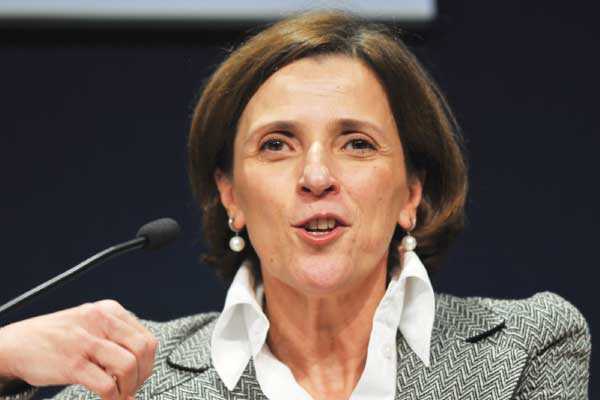SARB decides on Barclays plc Africa exit
The London headquartered Barclays PLC has applied to the South African Reserve Bank for approval to reduce its shareholding in the Barclays Africa Group to below 50 percent.
In a recent Xnews announcement by Barclays Bank Botswana led by Rynette ven der Merwe, to its shareholders, the application-which also requires the approval of the Minister of Finance, Pravin Gordhan, based on the advice from the Registrar of Banks, includes the terms of the separation payments and transitional services arrangements. The agreed terms provide for contributions by Barclays PLC to BAGL totalling £765 million (ZAR12.8 billion), primarily in recognition of the investments required for the Group to separate from Barclays PLC.
These contributions, comprise £515 million (ZAR8.6 billion) in recognition of the investments required in technology, rebranding and other separation projects, £55 million (ZAR0.9 billion) to cover separation related expenses, of which £27.5 million was received in December 2016; and £195 million (ZAR3.3 billion) to terminate the existing service level agreement between Barclays and BAGL, relating to the Rest of Africa operations acquired in 2013.
Barclays Finance Director, Mumba Kalifungwa explains in the statement that, the expectation is that the financial contributions will neutralise the capital and cash flow impact of separation investments on the Group over time. “However, the separation process will have an impact on BAGL’s financial statements for the next few years, most notably by increasing the capital base in the near-term and generating endowment revenue thereon, with increased costs likely over time as the separation investments are concluded. Consequently, BAGL will start to report normalised results that better reflect the underlying performance of the Group once the contributions have been received,” he said.
In addition, Barclays PLC has agreed to contribute an amount equivalent to 1.5 percent of BAGL’s market capitalisation (ZAR2.1 billion) towards the establishment of a larger broad-based black economic empowerment scheme. Barclays first broke plans to reduce stake in its African subsidiary (Barclays Africa) through a placing with institutional shareholders in 1st March 2016 from 62.3 percent to a minority shareholding overtime. The move will not change Barclays Africa’s position as one of the continent’s largest banks, serving more than 12 million customers through its operations in 10 countries in Africa. This is where some of its largest markets are in South Africa, Kenya, Zambia, Botswana, Tanzania and Ghana.
At the time, Jes Staley, Barclays chief executive, described the move as “an important first step” in reducing its stake in the Africa business, adding that they continue to explore opportunities to reduce the shareholding, including capital market and strategic options.After the global financial crisis in 2008, regulators introduced new rules which have had far-reaching effects on banks. One of the consequences was that it became less profitable for global banks such as Barclays to own large businesses abroad, hence the decision to offload.
Barclays then gave itself two years to cut its stake below 20 percent and indicated an interest in keeping a minority stake. The UK bank has had approaches from several potential bidders for its African business, including its former chief executive Bob Diamond, who has teamed up with US private equity group, Carlyle to explore an offer.
As part of the agreed terms, from the date on which Barclays PLC started its reduction: BAGL can continue to use the Barclays brand in the rest of Africa for three years. BAGL is further expected to receive certain services from Barclays on an arms’ length basis for a transitional period, typically up to three years.






